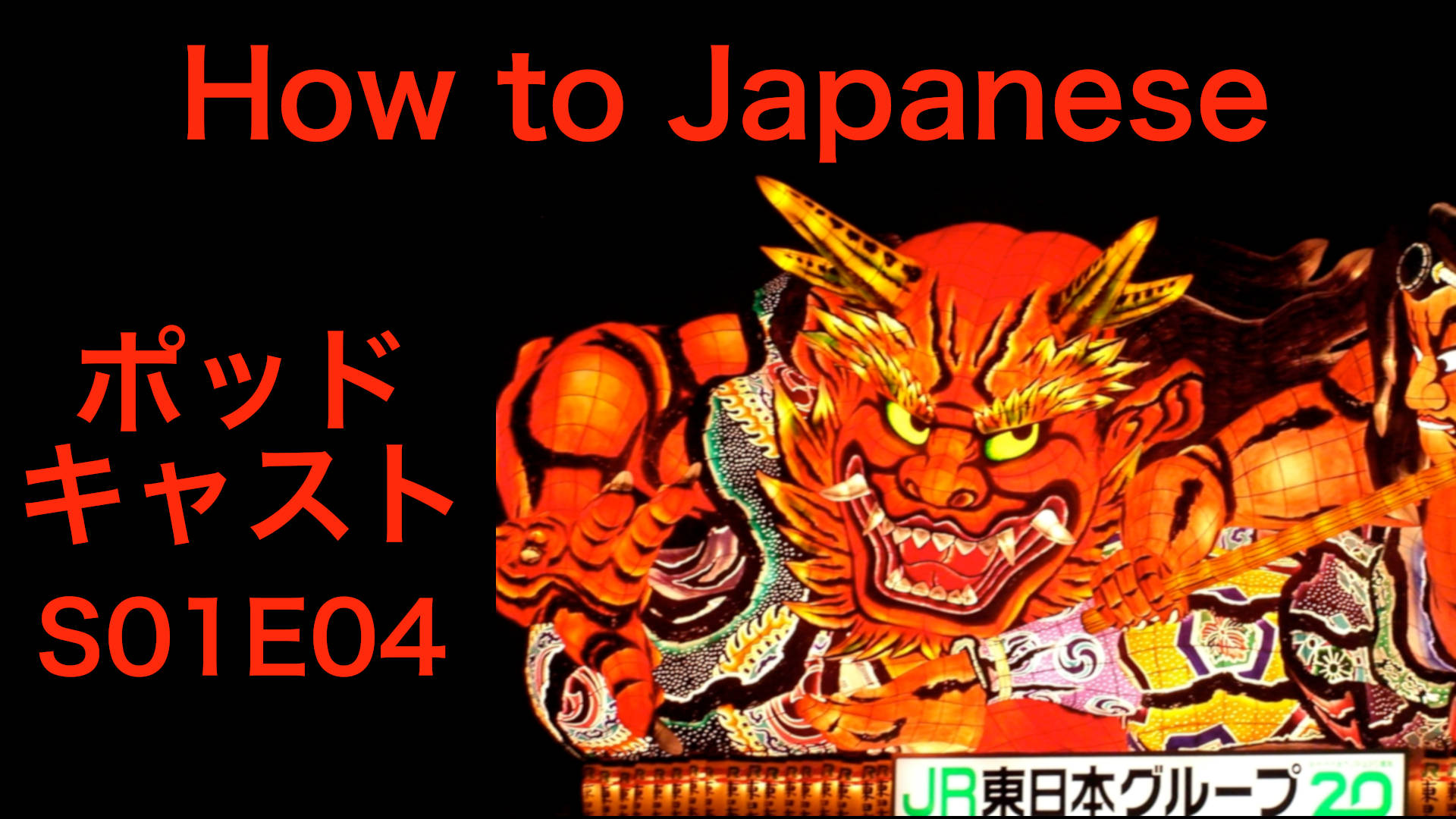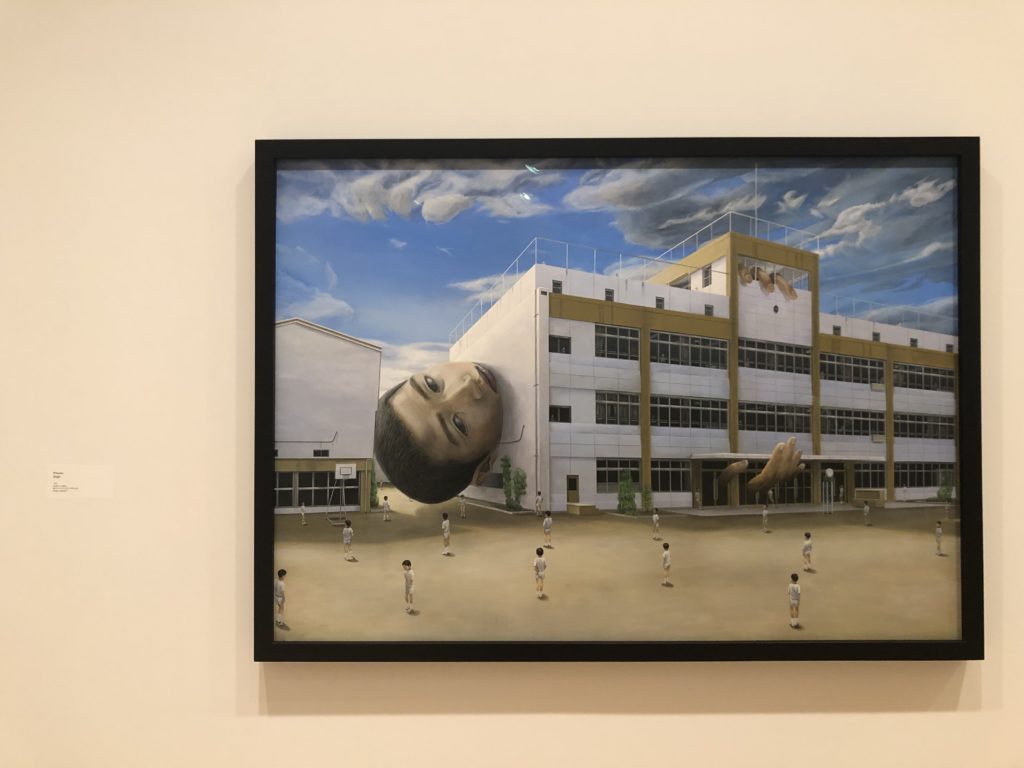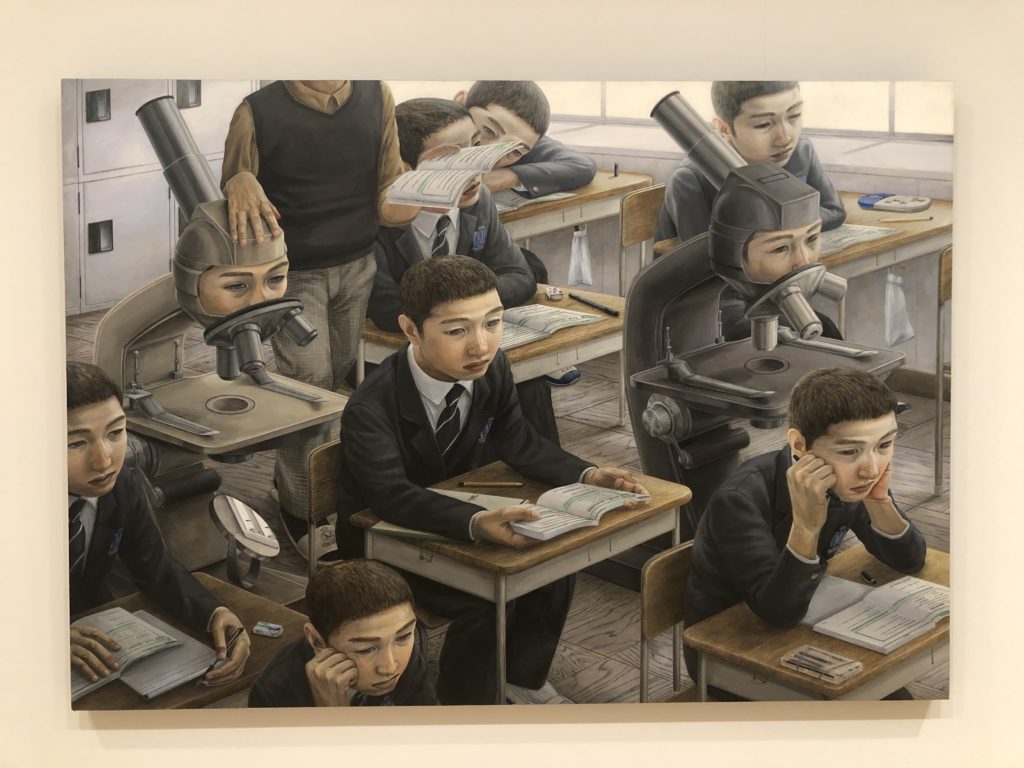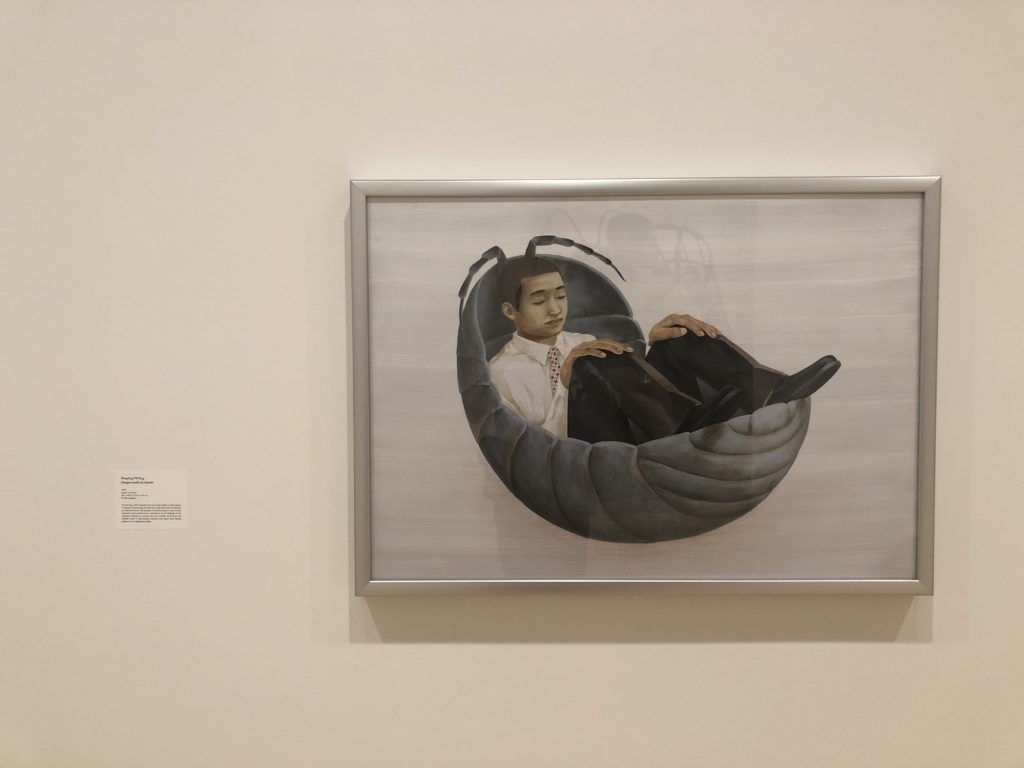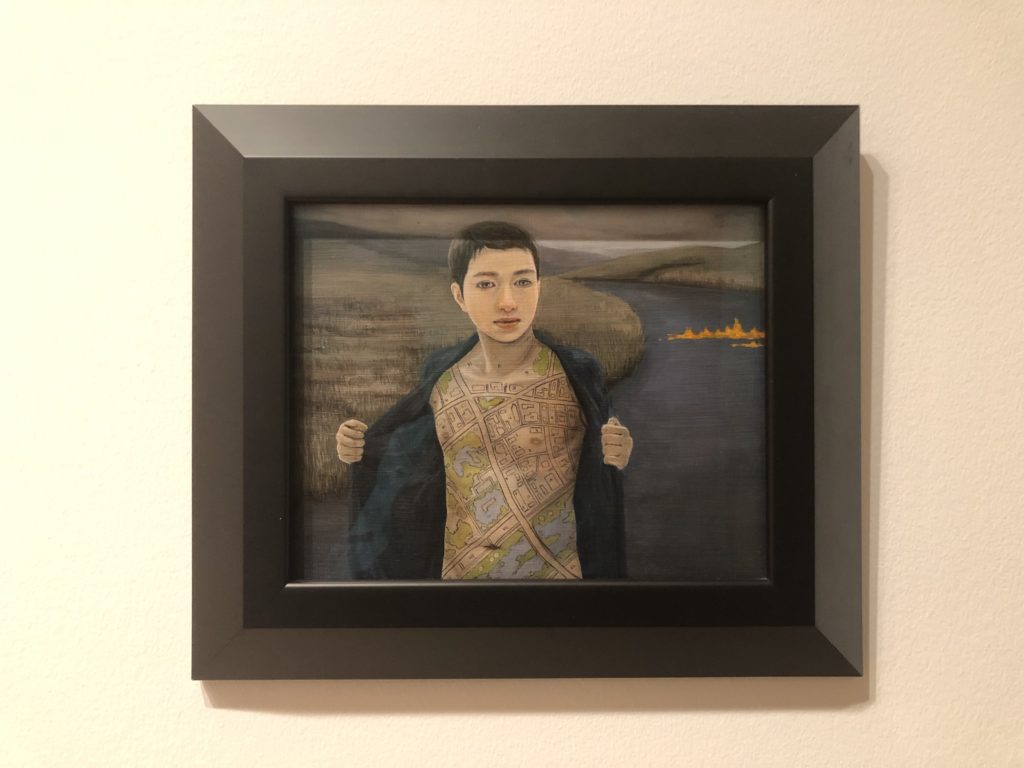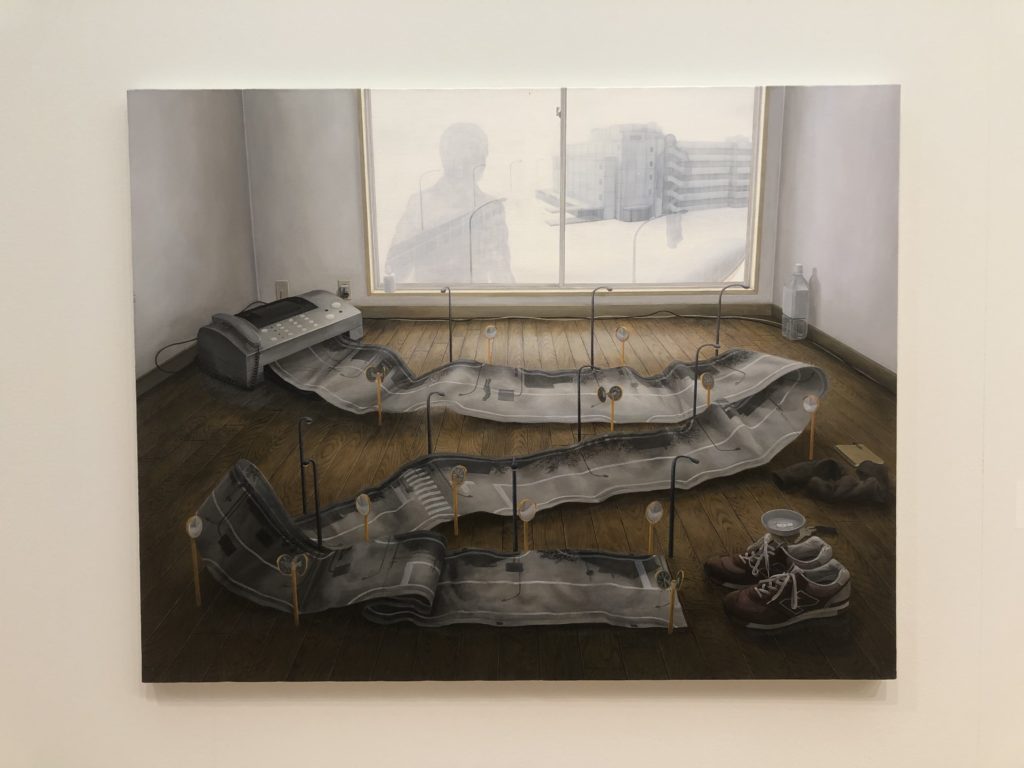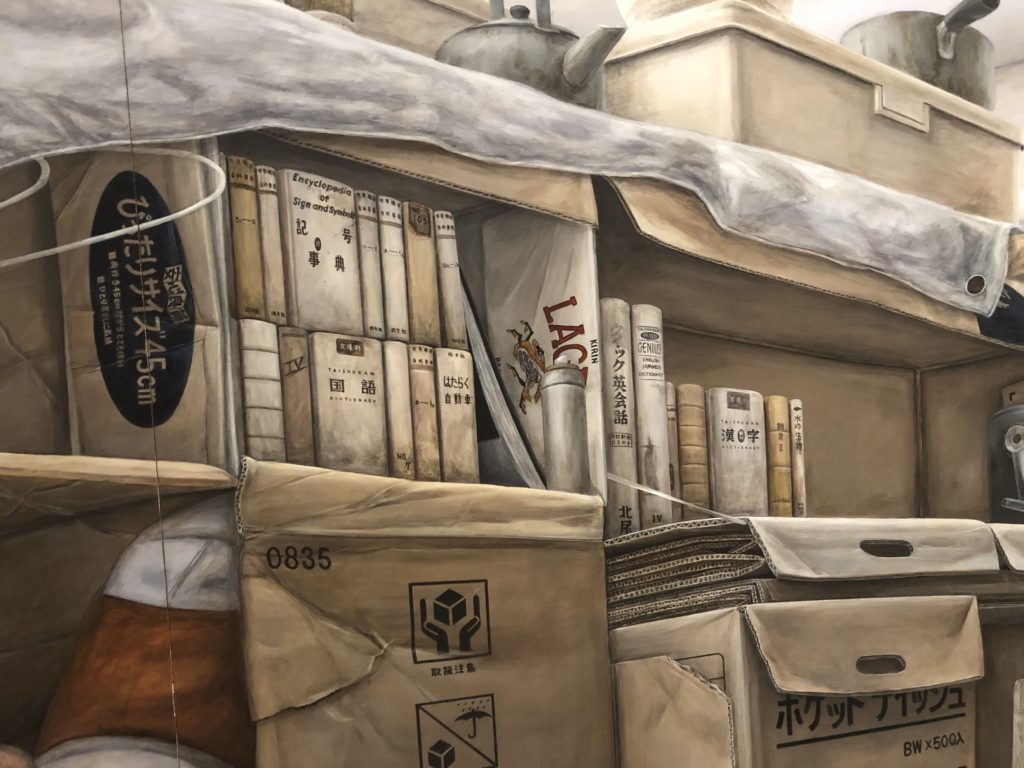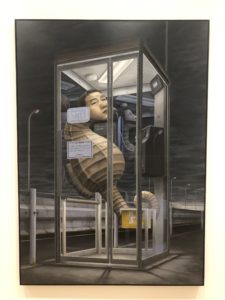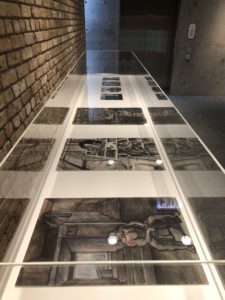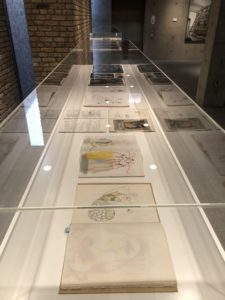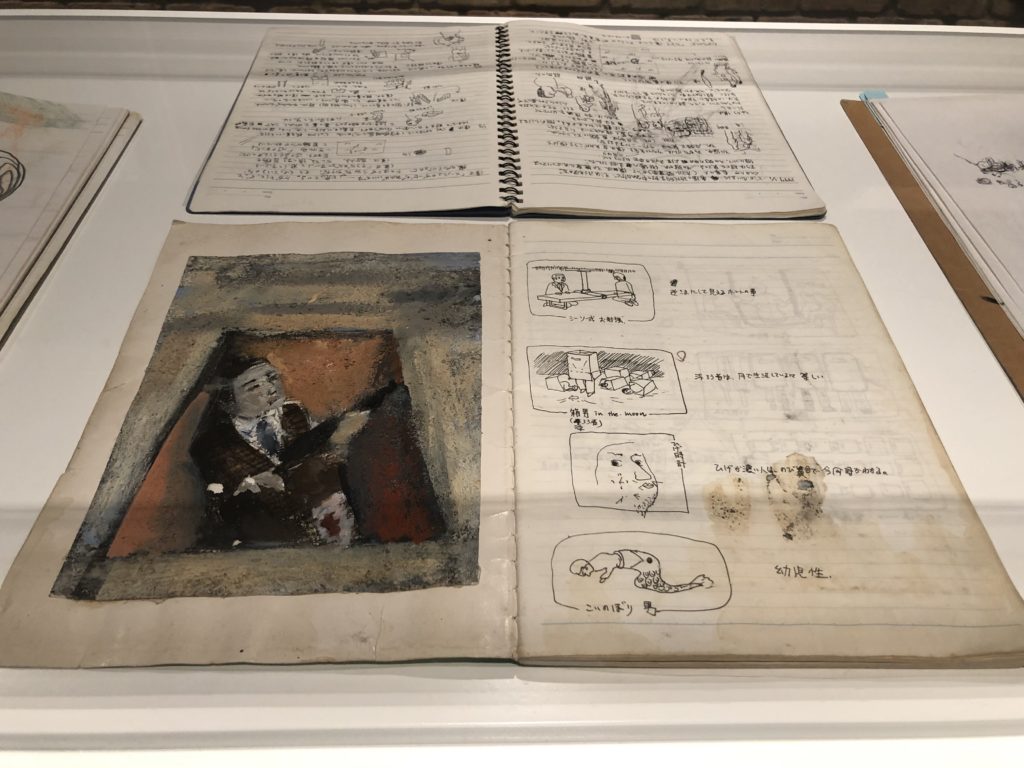I’ve been neglecting this update for too long – I’m not sure where the time went over the holidays. I was in the Japan Times twice recently, spanning the decades. First with a look at some random bits and pieces I had lying around: “Cleaning house (and head) at the end of the year.” And then with my 60th Bilingual page article and a look at the number 60: “Life begins at 60 (or at least it starts anew).”
It’s funny how you gain an intuition in a non-native language. There are times when I know something is incorrect, or not quite polite enough, and I’ll go Googling and find out that, of course, I was right.
This is a page I used to track down the right usage. 来られますか (koraremasuka, Are you able to come?) isn’t quite impolite, but it’s possible to be more polite.
This Mayonez piece has an interest look at keigo in general and a nice concise look at ら抜き (ranuki, potential verbs with the ら dropped from them – e.g. 食べれる, 来れる) verbs and how they are perceived.
My intuition was once again confirmed when I went looking to see whether or not women also celebrate 還暦 (kanreki, 60th birthday), and this Chiebukuro person was asking the same question that I was – do women also celebrate 還暦?
I think that’s because I’d only ever been exposed to men wearing the red getup. I’d only ever seen it on social media until September 2018 when, at a work conference, my Japanese colleagues surprised one of their group with a cake, candles, and the red clothing. Bizarrely enough, another member of the group had the same birthday and was also turning 60. It was fun to see in person.
It’s nice to know that this intuition is still around, despite having moved home from Japan 10 years ago this year. It helps that I’m in a position of being able to visit regularly. I’m booked for a work trip in May and may have a chance to go again. Unfortunately the May trip is just about fully accounted for, so I won’t have much time to myself, but it will be super busy. By the end of the weak I’ll be ready to pass out in my aisle seat and wake up at O’Hare.
On my list of things to bring home? Higashimura Akiko manga (this is a clue for my next Bilingual article) and some Evan Williams Red Label bourbon. Anyone have whiskey recommendations? Glad to hear them.

